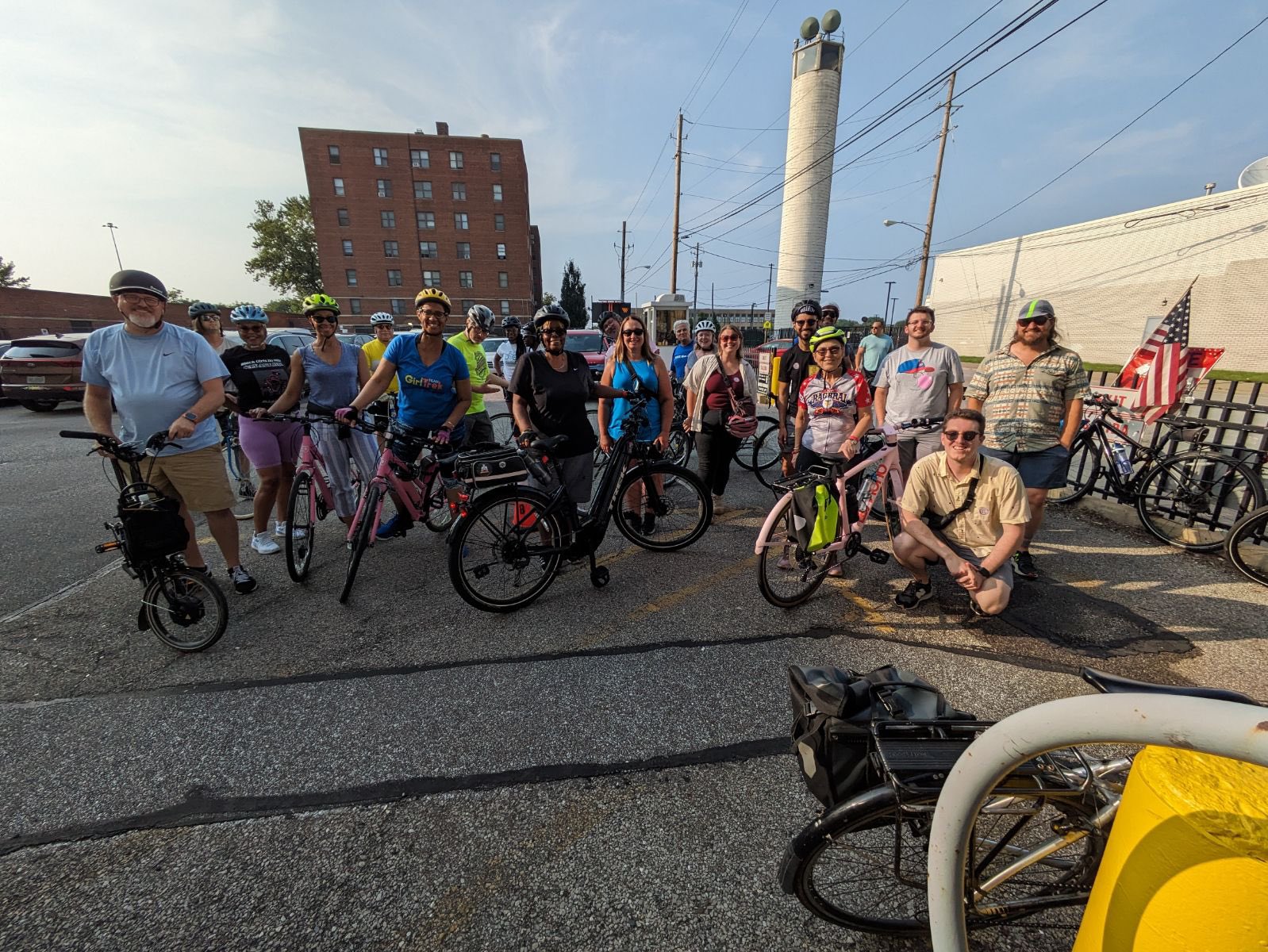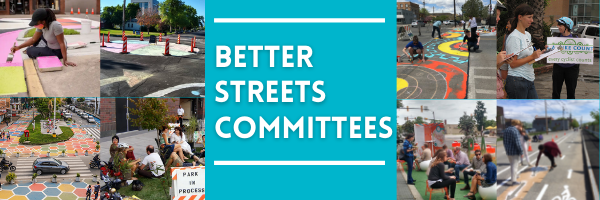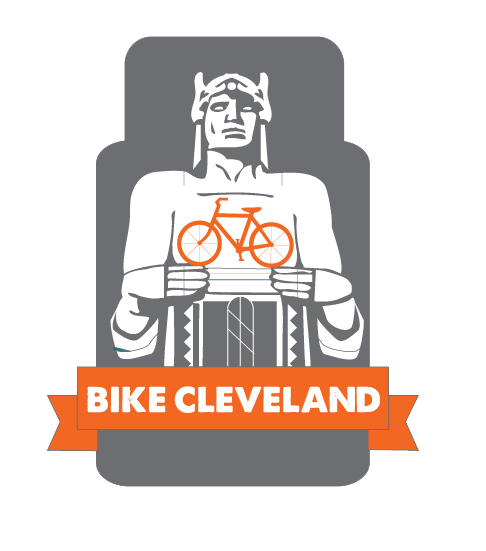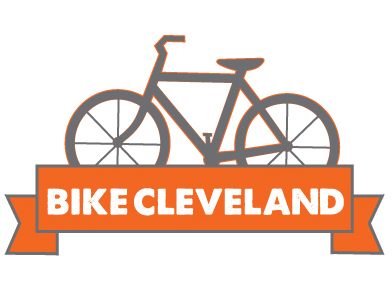Better Streets Committees

Become a Volunteer!
We have a very small staff, so our power comes from members, volunteers, and cyclists just like you. Make a difference in your local community by giving us a bit of your time each year.
DID YOU KNOW?

3 Foot Passing Law
“The operator of a vehicle overtaking another vehicle shall pass to the left at a safe distance and shall not again drive to the right until safely clear of the overtaken vehicle. When a motor vehicle overtakes and passes a bicycle, three feet or greater is considered a safe passing distance.”

To support and empower Cleveland residents to improve the safety, comfort, and accessibility of our streets, Bike Cleveland's neighborhood committees advance hyper-local infrastructure and promote alternative transportation.
These committees will be made up of resident volunteers who are passionate about improving the infrastructure in their neighborhoods. Join our active Better Street Committees in:
- West Park & Jefferson
- Detroit-Shoreway & Cudell
- Buckeye-Shaker
- North Collinwood (in partnership with Waterloo Arts)
- Old Brooklyn
Are you interested in starting or joining a Better Streets Committee in your neighborhood? Fill out this form and a member of our staff will reach out to you!
Some Better Streets activities could include:
- Write letters or participate in public comment at city council
- Obtain permits to implement DIY traffic calming (street painting, curb extensions, speed humps, etc.)
- Host town halls alongside public officials around specific streets/traffic issues
- Create a bike/pedestrian/bus ambassador program to help people adopt transportation alternatives
- Restore bikes lane and crosswalk paint
- Organize a tree planting
- Conduct a bike parking audit & outreach to businesses to improve bicycle parking
- Organize a bike lane, sidewalk, trail, or park clean-up
- Install pop-up parklets
- Be a source of information for the community by knocking on doors, passing out flyers, etc. when there are street resurfacing projects or public meetings
- Create public education campaigns around speeding, distracted driving, safe biking/walking, etc.
- Data collection (speeding, bike counts, pedestrian counts, etc.)
- Organize a bike-to-school or bike-to-work day for their neighborhood
- Bring biking education programs to the community (schools, parks, churches, etc.)

